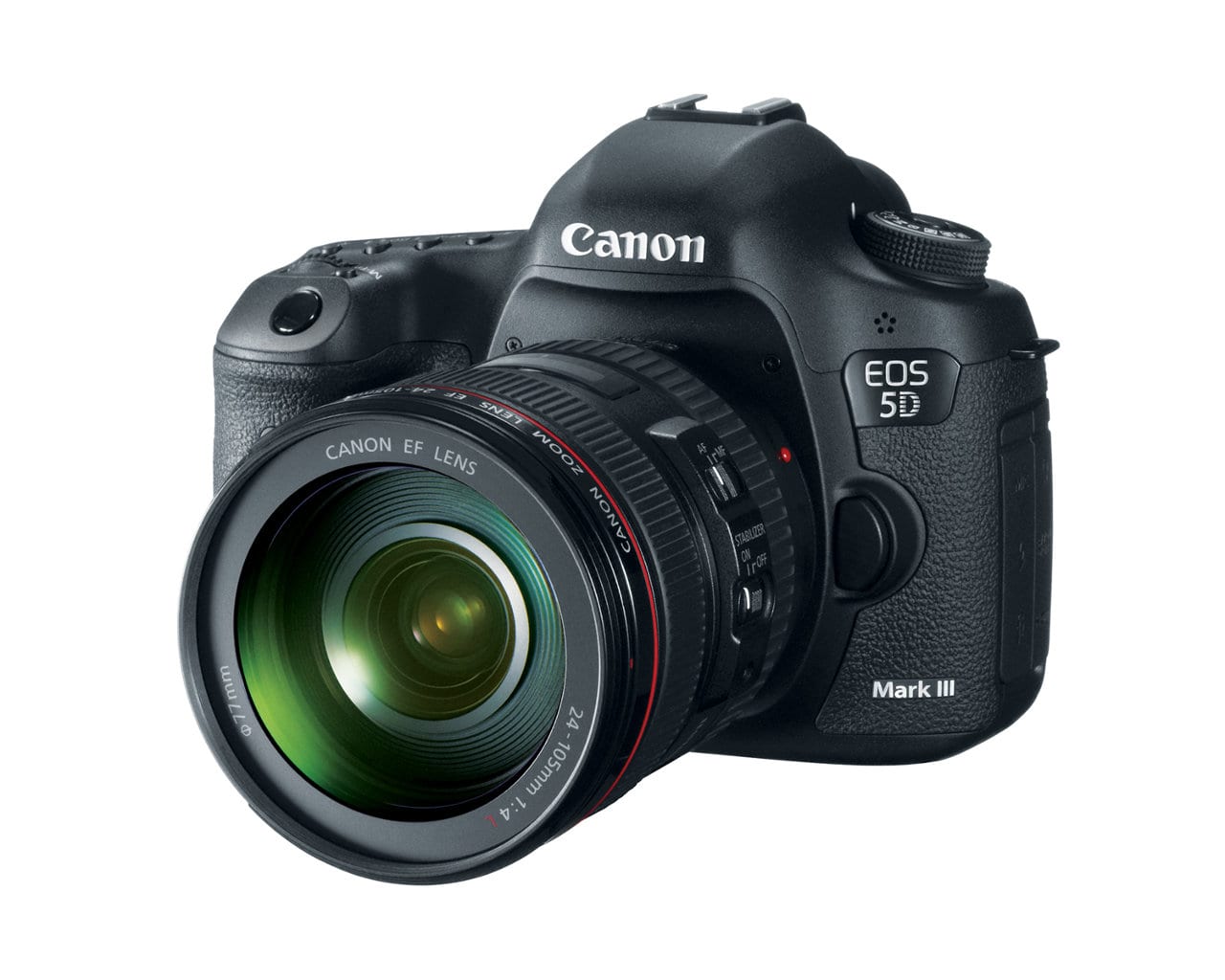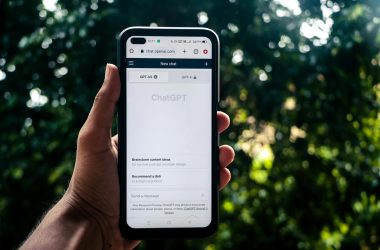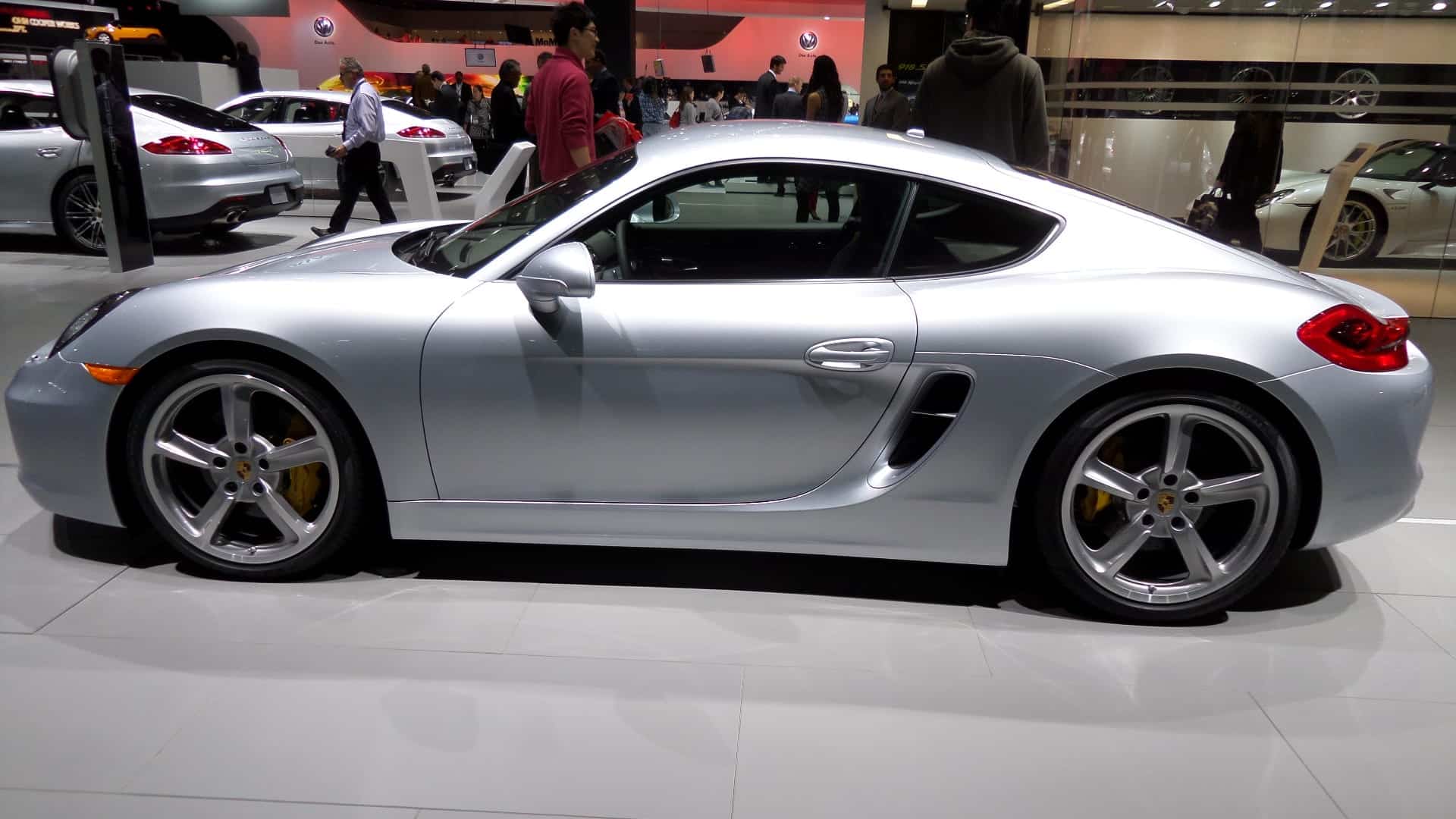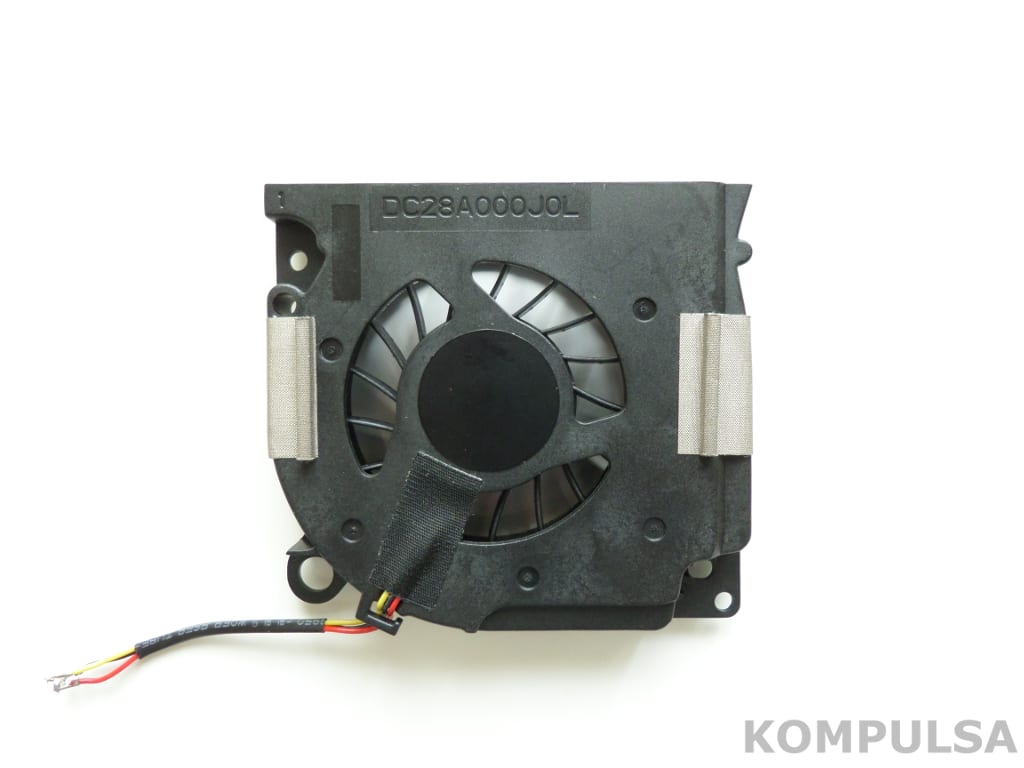Digital Single Lens Reflex (DSLR) cameras have come a long way in recent years, with improved sensors, and decent video recording capabilities (for most things, at least). Offerings like the Nikon D5500, Canon Rebel T6i, and Samsung NX series offer Wi-Fi, NFC, razor-sharp images over 5,000 pixels wide, and video sharp enough to please almost everyone for well under $1,000.

Image obtained with thanks from Canon.
This all sounds quite good, but some people question whether or not a DSLR camera purchase is justifiable when phone cameras can take decent photos. To clarify: Some phone cameras take decent photos, and a select few record decent video. DSLR cameras costing well under $1,000 (for example: the Canon Rebel T6i and Nikon D5500) can take great video and spectacular photos. DSLR video trounces the ‘decent’ video that phone cameras can take.
The iPhone 6S was recently revealed, and was found to take great 4K video. This is the first time that i’ve seen a phone camera take video comparable to that of a premium DSLR. DSLRs have always been much better because they can take spectacular photos in almost any situation (provided that the photographer is a good one), while phone cameras could only take good photos some of the time. The video, on the other hand, was never good.
The release of the iPhone 6s line signals the beginning of a new time in which DSLR camera purchases will soon be very difficult to justify. See an iPhone 6S sample video below. It’s equivalent to the quality of a budget DSLR.
Video Credit: GIGA TECH.
Note: This post specifically refers to DSLR still cameras, not cinema cameras, which are better for video recording than not only DSLRs, but phones as well. For example: They can record 4K video for hours at a time.
Bear in mind that many people cannot afford to purchase the iPhone 6s, as it is an extremely expensive smartphone with prices approaching $1,000 USD (depending on the configuration). DSLR cameras may still outperform the iPhone 6s camera in certain cases, but, the quality gap between DSLR and phone cameras is rapidly shrinking.
This means that DSLR prices will have to come down significantly in order for the manufacturers to stay in business. DSLR cameras and their smaller mirrorless alternatives should really have shrunken by now. If a tiny fingertip-sized phone camera can offer great performance, a dedicated camera shouldn’t have to be 2″ thick.
It still doesn’t make sense for a professional photographer to buy an iPhone 6s just for their photography work, when a $500 DSLR can still do a better job, and in more situations, but that may change, as people are cash strapped, don’t want to carry heavy things around, and millions already have smartphones.







